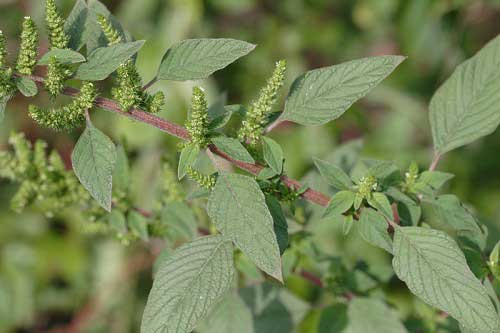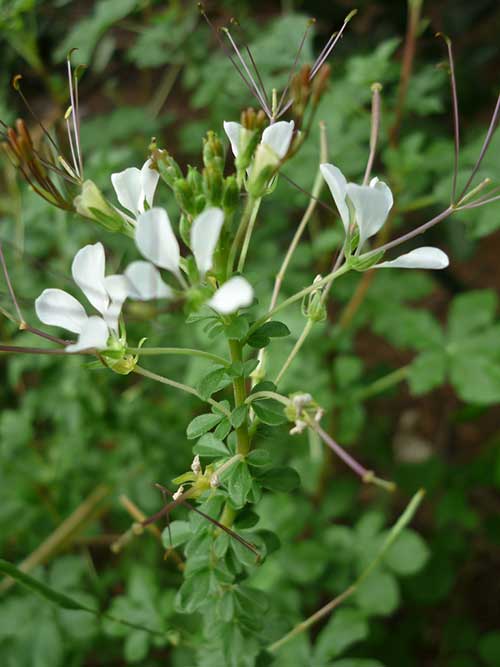Tracy Mapfumo
If you walk through a vegetable garden in Zimbabwe, whether in an urban or rural area, it is likely that you will wade through a sea of blue-green leaves belonging to either rape or covo. Covo is a nationwide favourite, eaten daily as an accompaniment to the staple sadza. Things were not always so. Covo, which is a type of kale and a member of the cabbage family, was introduced to Africa about a century ago; before then a wide range of indigenous and naturalised greens were regularly consumed.
There is not much wrong with covo from a nutritional point of view. It is rich in vitamin C and K with calcium, folate, fibre, and also contains anti-cancer nutrients. Covo also has the advantage of producing leaves which can be picked daily for many months.

From a cultivation perspective, however, covo presents several agricultural challenges. Like all members of the brassica family (e.g. cabbage), covo is a heavy feeder needing fertile soils. Covo is very susceptible to attacks from pests and diseases, a problem which is aggravated by the way it is usually cultivated in dense monocultures which are kept for months or even years without any crop rotation.
In Zimbabwe the local diet has become extremely monotonous, yet nutritionists tell us that it is not good to eat the same thing every day. In order to obtain all of the nutrients for good health we are encouraged to eat a wide range of fruits and vegetables – eating only covo as our daily vegetable is not a good idea.

It seems that the time is ripe to return to some of the traditional vegetables which used to be widely grown and consumed in Zimbabwe. These include mowa/bonongwe/imbuya (Amaranthus hybridus), nightshade/musaka/ixabaxaba (Solanum nigrum) and spiderleaf/nyeve/ilude (Cleome gynandra). Nutritionists and agricultural researchers are trying to encourage a diversification back to the traditional super vegetables which are highly nutritious and better suited to the African climates. With malnutrition and climate change threatening, super vegetables should be part of Zimbabwean gardens of the future.
For more information and recipes, check www.bio-innovation.org and www.naturallyzimbabwean.com, and visit us at our office (20 Garlands Ride, Mt Pleasant) or Maasdorp and Amanzi markets.

